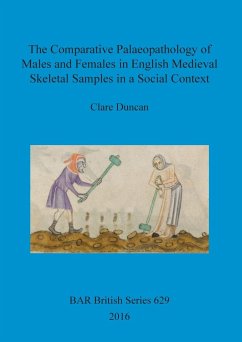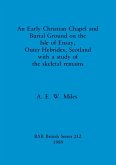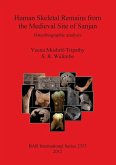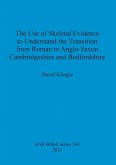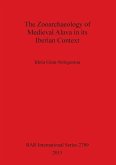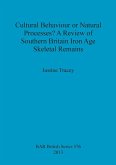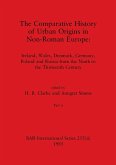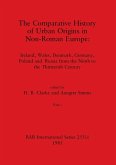The aim of this study was to determine whether there is evidence to suggest that males and females in medieval England experienced differences in health and mortality which could be objectively demonstrated from their skeletal remains. Palaeopathological data pertaining to a total sample of 1,056 adult males and 674 adult females (c.1066-1540 AD) were compared statistically. A method for sexing subadults using tooth measurements was also developed, enabling the comparative analysis to be extended experimentally to a further 83 (47 'male', 36 'female') individuals aged c.5-18 years. The collective analysis of four stress indicators (stature, enamel hypoplasia, cribra orbitalia, non-specific infection) suggested males experienced poorer general health. Males displayed a higher prevalence of fractures, violent injuries, osteoarthritis and Schmorl's nodes. Females exhibited a proclivity toward knee osteoarthritis and inferior dental health. A statistically significant sex difference in age at death was not demonstrated. Interpretations for the observed patterns are discussed and limitations of the method are evaluated.
Bitte wählen Sie Ihr Anliegen aus.
Rechnungen
Retourenschein anfordern
Bestellstatus
Storno

